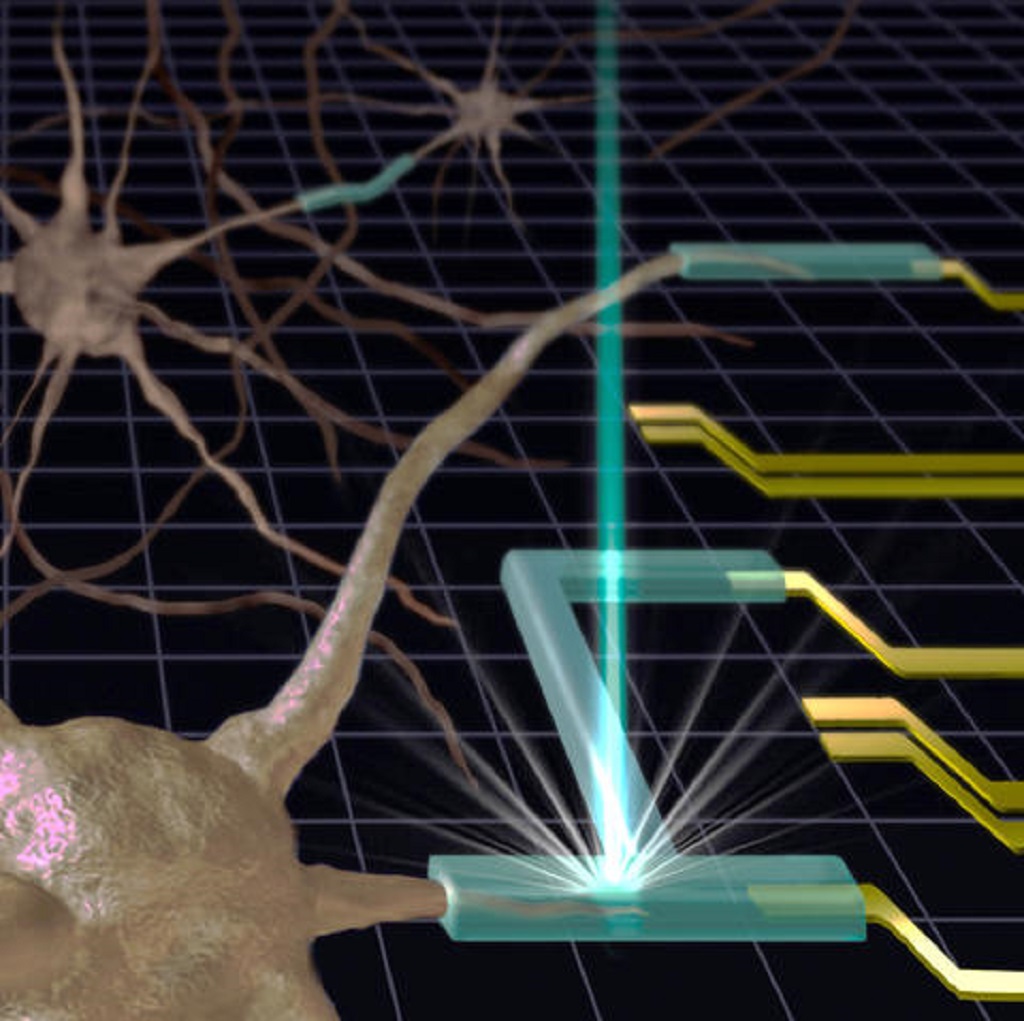
Researchers at the National Institute of Standards and Technology (NIST) recently invented a method to 3D print gels and soft materials.
The Technology
This new technology enables the creation of complex structures with sacrifice nanometer-scale precision. As living cells are compatible with many types of gels used today, this new method could help develop miniature medical devices that are soft enough to be used for drug delivery systems or flexible electrodes inside the human body.
Creating gels with the help of a 3D printer is a “bit more of a delicate cooking process” than standard layer-by-layer 3D printing, according to NIST researcher Andrei Kolmakov.
The Pros And Cons Thus Far
The high energy method the NIST team uses allows for the production of gels with finer structural detail which is critical for tissue engineering and the development of other biological implications.
Not all is perfect, though.
Most current gel 3D printers use UV or visible laser light to bring about the production of the gel. In the case of NIST, however, Kolmakov and his team have taken a different approach. This approach is one that uses beams of electrons or X-rays, because of the high energy and shorter wavelengths of these radiation types. Unfortunately, the sources of this type of radiation can only operate inside of a vacuum. This means that the liquid in each chamber will evaporate and hence be incapable of forming a gel.
This is probably the biggest problem that Kolmakov’s team has overcome with their discovery. At the Elettra Sincrotrone Trieste (Italy), they placed an ultrathin barrier of silicon nitride between the vacuum and liquid chamber, protecting the liquid from evaporating as it otherwise would. The structure of this thin barrier accommodates for X-rays and electrons to continue penetrating into the liquid as necessary for the process. This advancement equipped the team with the necessary 3D printing approach to print gels with complex structures as small as 100nm, which is about 1,000 times thinner than a human hair.
Future Directions And Impacts
With further refinement, the team hopes to be able to 3D print gels of 50nm. They also hope to apply their research to the development of flexible injectable electrodes (to monitor brain activity), biosensors (for virus detection), soft micro-robots, and structures that can encourage cell growth by interacting with living cells.
Kolmakov adds:
“We’re bringing new tools — electron beams and X-rays operating in liquids — into 3D printing of soft materials.”
The human body has always been a delicate thing to mess around with, so anything that we put inside of it has to be safe, or else it could pose a huge risk to our lives. Considering this, we couldn’t have just used many of the prior 3D printing technologies to print gels that we could introduce into the human body, because it just wouldn’t have been complex enough to be compatible with our bodies. When 3D printing complex gels, however, conditions have to be very specific for it to work — sometimes so specific that it inhibits other parts of the process, like we saw in this case.
The NIST team took an innovative approach to solving the problem that arose during the printing of their complex gel and their risks paid off. The applications of these gels are endless and I can’t wait to see the first clinical application to see how effective it is on a patient.
Via NIST
